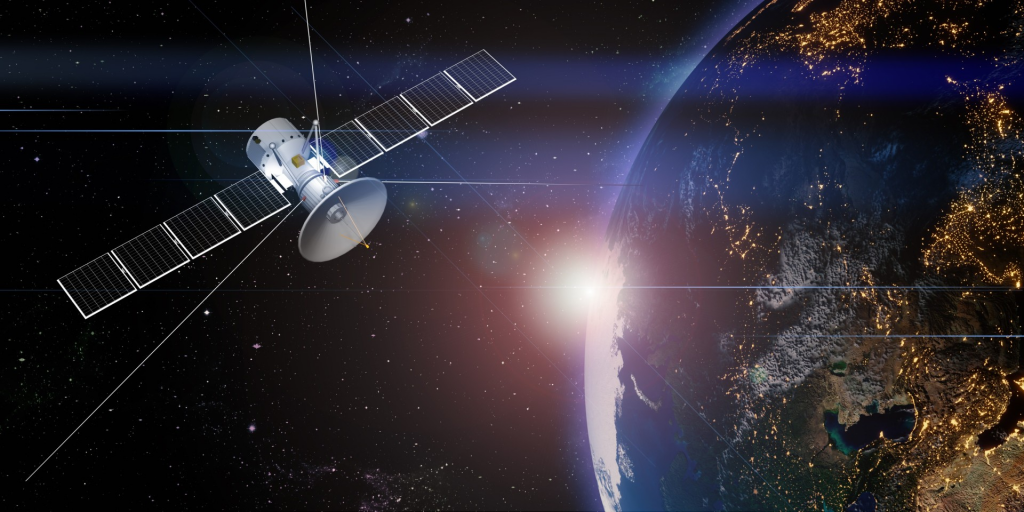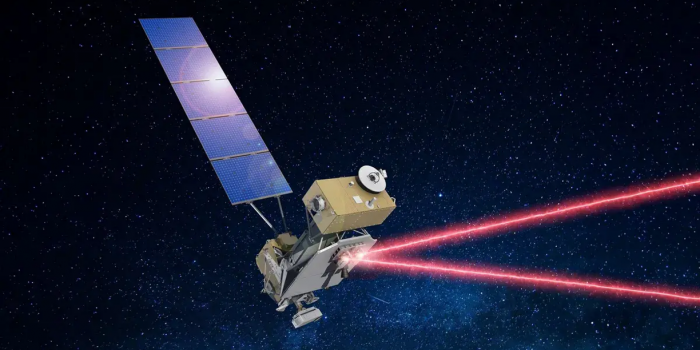In a groundbreaking achievement, the Jilin-1 constellation, the world’s largest imaging satellite network, has deployed laser-based high-speed communication technology. By utilizing lasers as data carriers, the range and bandwidth of communication have significantly increased compared to the limitations of microwave technology.
The team behind this achievement, the Aerospace Information Research Institute (AIR) under the Chinese Academy of Sciences, set up a satellite-to-ground link using lasers, also known as “optical communication.”
Li Yalin, the leader of the ground system at AIR, compared the technology to city roads, illustrating that using microwave frequencies is akin to driving on a single lane, while higher microwave frequencies provide a four-lane road. On the other hand, lasers have the potential to accommodate hundreds or even thousands of lanes, enabling the transmission of high-definition movies in mere seconds. This optical communication breakthrough offers data transfer speeds that are 10 to 1,000 times faster than the current microwave communication method.

The initial test of the satellite-to-ground optical communication in China achieved an ultra-high-speed transmission of 10 Gbps, marking a significant milestone for business applications. Chen Shanbo, the chief designer at Chang Guang Satellite Technology, the company responsible for launching the Jilin-1 MF02A04 satellite, emphasized the successful completion of a 100-second communication using this cutting-edge technology. Not only does laser-based communication offer higher speeds, but it also boasts advantages such as reduced size, weight, and power consumption for satellite-borne laser transmitters.
Moreover, lasers provide enhanced security against electromagnetic interference, bolstering the overall safety of ground-to-satellite communication.
While China celebrates this achievement, similar research is being pursued by NASA and the Massachusetts Institute of Technology (MIT). Last June, NASA and MIT researchers achieved a downlink speed of 100 Gbps using the TeraByte InfraRed Delivery (TBIRD) system. The subsequent advancement in the US laser link doubled the data transmission rate to a groundbreaking 200 Gbps.

However, it is worth noting that these records were achieved on demonstration satellites, which typically possess more powerful capabilities compared to commercial satellites like the Jilin-1 MF02A04.
The Jilin-1 constellation, with its expanding satellite network, offers immense commercial potential. As the constellation grows to include 138 satellites in orbit this year and completes its second phase of construction by 2025 with 300 satellites, it will generate a vast amount of remote sensing data. This data will fuel the growing demand for efficient and high-speed satellite-to-ground and inter-satellite communication. The Jilin-1 series satellites, such as the recently launched “02A” satellite, are equipped with advanced optical communication payloads to validate and develop inter-satellite and satellite-to-ground laser communication technologies.

Chang Guang Satellite Technology plans to proceed with the normalization and commercial trial operation of ground-to-satellite laser communication. This crucial step will provide a solid technical foundation for the widespread application of 40 Gbps satellite-to-ground laser communication payloads in the future. The implications of faster data transmission through laser communication are far-reaching, with potential benefits for climate and resource monitoring, astrophysical research, and military detection.
As China continues to expand its satellite network and explore the commercial applications of laser communication, it stands at the forefront of this groundbreaking technology.


